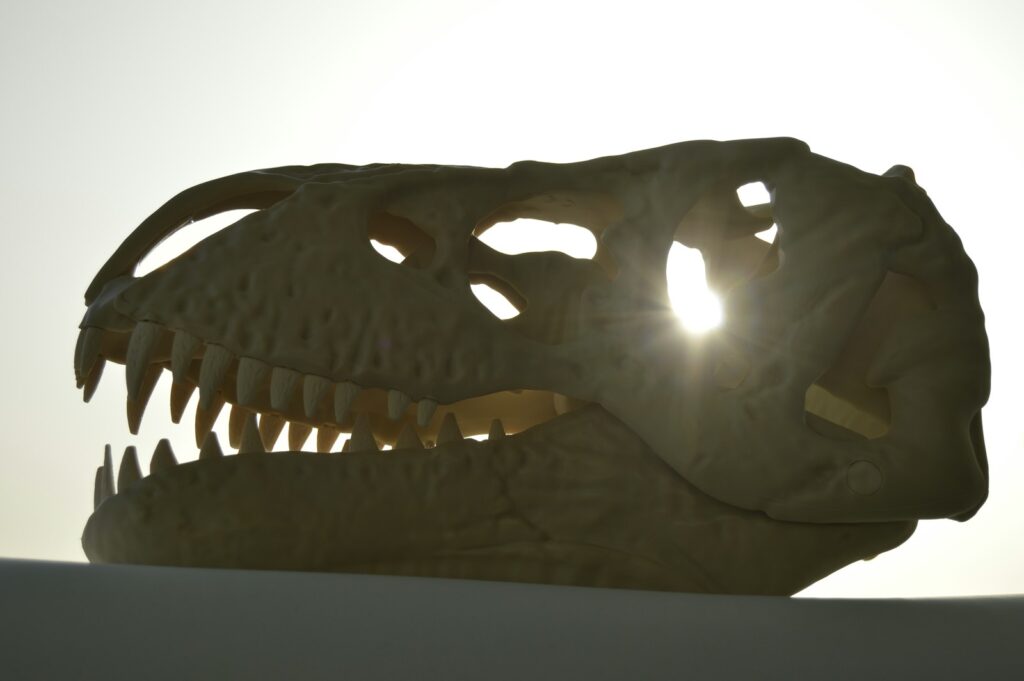In the twilight years of the Cretaceous period, approximately 70-65 million years ago, a remarkable dinosaur roamed the landscapes of what is now North America. Pachycephalosaurus wyomingensis, with its distinctive domed skull and combative nature, represents one of paleontology’s most fascinating subjects. This large, bipedal herbivore belonged to the pachycephalosaurid family and has captured the imagination of scientists and dinosaur enthusiasts alike since its formal description in 1943. As we journey through the world of this unique creature, we’ll explore its physical characteristics, behavior patterns, evolutionary significance, and the ongoing scientific debates that continue to surround this iconic dome-headed dinosaur.
The Discovery and Naming of Pachycephalosaurus

The scientific journey of Pachycephalosaurus began in the early 20th century, with the first specimens discovered in the Hell Creek Formation of Montana. Initially classified under different names, it wasn’t until 1943 that paleontologists Barnum Brown and Erich Maren Schlaikjer formally described and named the genus Pachycephalosaurus, which translates to “thick-headed lizard.” The type species, Pachycephalosaurus wyomingensis, derives its name from Wyoming, where significant fossil material was uncovered. Interestingly, despite its scientific importance, complete Pachycephalosaurus skeletons remain exceedingly rare, with most of our knowledge coming from partial remains, particularly the distinctive skull domes. This scarcity of complete fossil material has contributed to the ongoing mysteries surrounding this fascinating dinosaur’s life and behaviors.
The Unmistakable Dome: Skull Anatomy

The most distinctive feature of Pachycephalosaurus was undoubtedly its remarkable skull, which featured a dome-shaped cap of solid bone that could reach up to 10 inches thick. This extraordinary cranial structure consisted of highly dense bone tissue formed from the fusion and thickening of the frontal and parietal bones. Surrounding this impressive dome, the skull bore an array of small, ornamental bony knobs and short, blunt spikes, particularly around the snout, eye sockets, and the back of the skull. CT scanning and microscopic analysis of Pachycephalosaurus skull material have revealed complex internal structures with intricate blood vessel patterns, suggesting the dome might have been covered with keratin in life, potentially displaying colorful patterns that could have served in visual communication or species recognition. The skull’s unique construction represented an extraordinary example of specialized bone development among dinosaurs and remains one of paleontology’s most recognizable structures.
Physical Characteristics Beyond the Dome
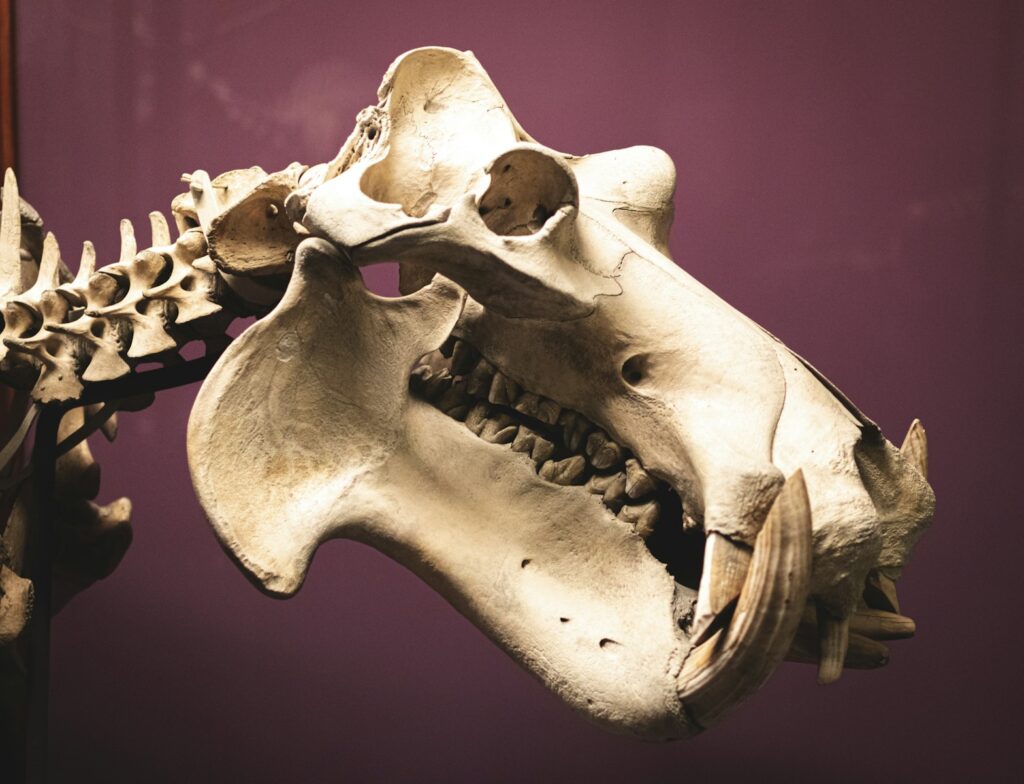
While the skull of Pachycephalosaurus dominates discussions about this dinosaur, the rest of its body featured equally interesting adaptations. Standing approximately 4.5 to 5 meters (15-16 feet) in length and reaching heights of around 3 meters (10 feet), Pachycephalosaurus was among the largest members of its family. Its body was supported by powerful hind limbs that were significantly longer and more robust than its relatively short forelimbs, confirming its bipedal locomotion. The vertebral column showed specializations for supporting its heavy head and transmitting impact forces, with reinforced cervical vertebrae in the neck region. Pachycephalosaurus possessed a relatively stiff tail that likely served as a counterbalance when moving and possibly during potential head-butting behaviors. Skin impressions are exceedingly rare, but the limited evidence suggests a covering of small, pebbly scales, unlike the larger scutes seen in some other dinosaur groups.
Diet and Feeding Behaviors
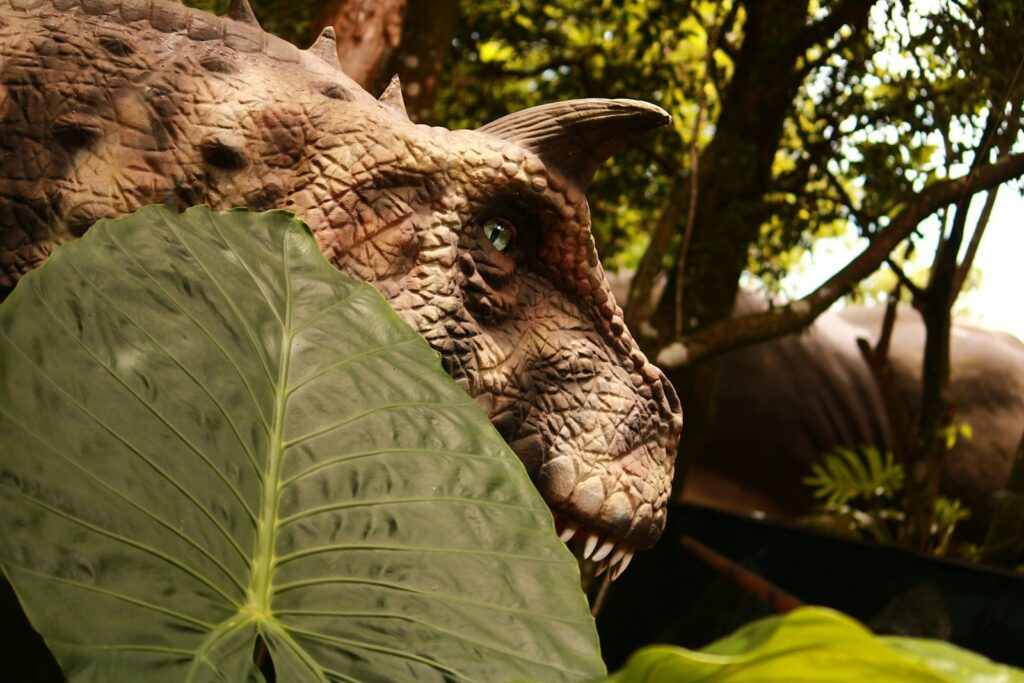
Analysis of Pachycephalosaurus dental morphology provides strong evidence that these dinosaurs were primarily herbivorous. Their teeth were small, triangular, and serrated—perfectly designed for slicing through fibrous plant material rather than tearing flesh. Wear patterns on recovered teeth suggest they likely fed on a mixture of leaves, fruits, seeds, and possibly soft ferns. Unlike some herbivorous dinosaurs that developed specialized grinding dentition, Pachycephalosaurus likely processed tougher plant matter in a gizzard-like organ using gastroliths (stomach stones). Paleobotanical studies of the Hell Creek Formation indicate these dinosaurs inhabited environments with diverse floral communities, including angiosperms (flowering plants), conifers, ferns, and cycads. Their relatively small teeth and jaw structure suggest they may have been selective feeders, perhaps targeting nutrient-rich plant parts like fruits, seeds, and tender shoots rather than engaging in the bulk-feeding strategy employed by larger herbivores of their time.
The Hell Creek Formation: Home of the Dome-Heads
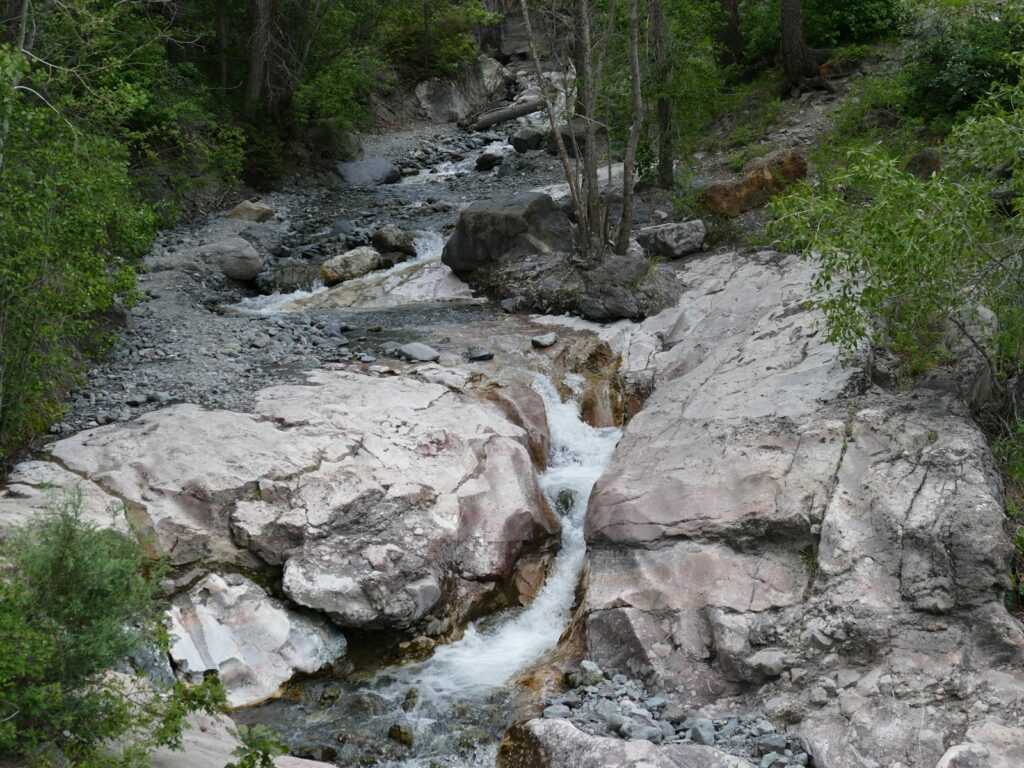
The Hell Creek Formation represents one of the most significant late Cretaceous fossil deposits in North America, spanning portions of Montana, North Dakota, South Dakota, and Wyoming. This geological formation has provided paleontologists with a remarkable window into the final few million years before the catastrophic extinction event that would claim the non-avian dinosaurs. Within this ancient ecosystem, Pachycephalosaurus shared its habitat with other famous dinosaurs, including Tyrannosaurus rex, Triceratops, and Edmontosaurus. Paleoenvironmental analyses indicate the Hell Creek region during this time featured river floodplains, subtropical forests, and open woodlands under a warm, seasonal climate. The formation’s diverse fossil assemblage reveals Pachycephalosaurus inhabited a complex ecosystem with varied terrain, from densely vegetated riparian zones to more open areas, potentially allowing these dinosaurs to exploit different feeding opportunities across their range.
The Head-Butting Hypothesis: Scientific Debate
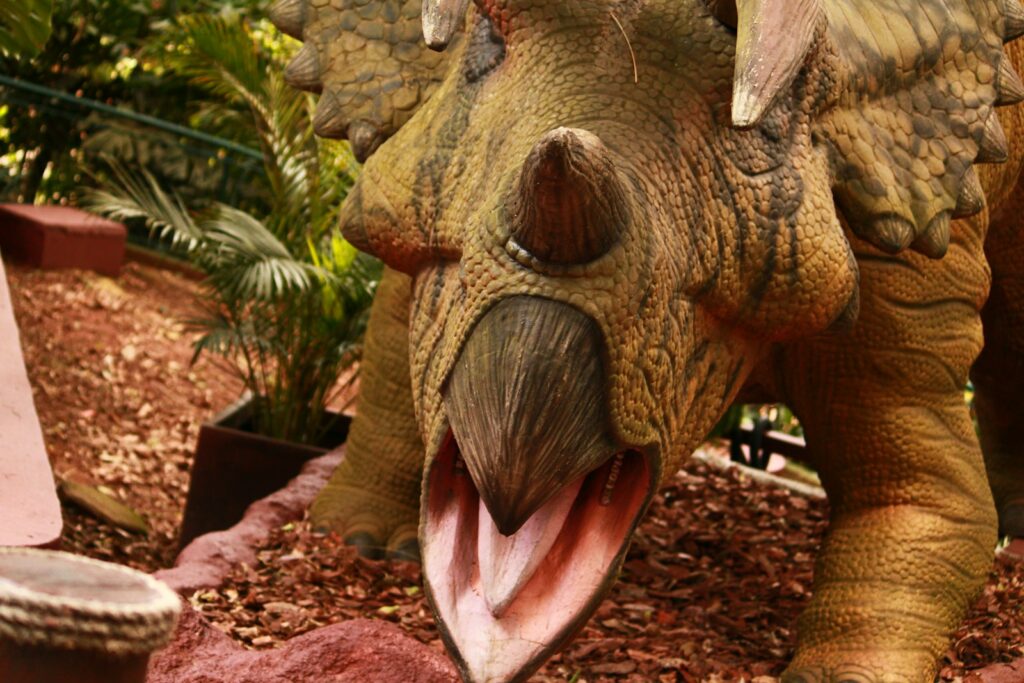
Perhaps no aspect of Pachycephalosaurus biology has generated more scientific controversy than the head-butting hypothesis. Since the discovery of their thick-domed skulls, paleontologists have debated whether these structures evolved for direct combat, with individuals charging and ramming each other head-on like modern bighorn sheep. Proponents point to the dome’s remarkable thickness and internal structure as evidence of adaptation for absorbing impact forces. However, biomechanical studies conducted in the early 2000s challenged this view, suggesting the domed skull and neck structure might not have effectively withstood the forces generated by high-speed head-on collisions. Alternative hypotheses propose that Pachycephalosaurus may have engaged in flank-butting behaviors instead, directing blows at the sides of competitors rather than engaging in direct head-to-head combat. Recent histological studies examining microscopic damage patterns on fossil domes have revitalized the debate, with some researchers identifying stress fractures consistent with impact behaviors, suggesting some form of head-butting likely occurred, though perhaps not in the dramatic fashion often depicted in popular media.
Growth and Development: Changing Heads

The growth pattern of Pachycephalosaurus represents one of the most fascinating aspects of its biology, particularly regarding the development of its iconic dome. Paleontological evidence suggests that juvenile Pachycephalosaurus possessed relatively flat heads with distinctive nodes and spikes, which gradually transformed into the smooth, thick dome characteristic of adults. This dramatic ontogenetic (growth-related) change has led to significant taxonomic confusion, with some specimens previously classified as separate genera (including Stygimoloch and Dracorex) now considered by many researchers to represent different growth stages of Pachycephalosaurus. Histological studies of dome bone microstructure reveal complex remodeling processes during growth, with extensive vascularization suggesting rapid bone deposition rates during certain developmental phases. The dome’s dramatic transformation indicates it likely played a crucial role in sexual maturation and social interactions, possibly developing in conjunction with reproductive capability and serving as a visual signal of maturity and fitness to potential mates and rivals.
Social Behavior and Potential Herd Structure
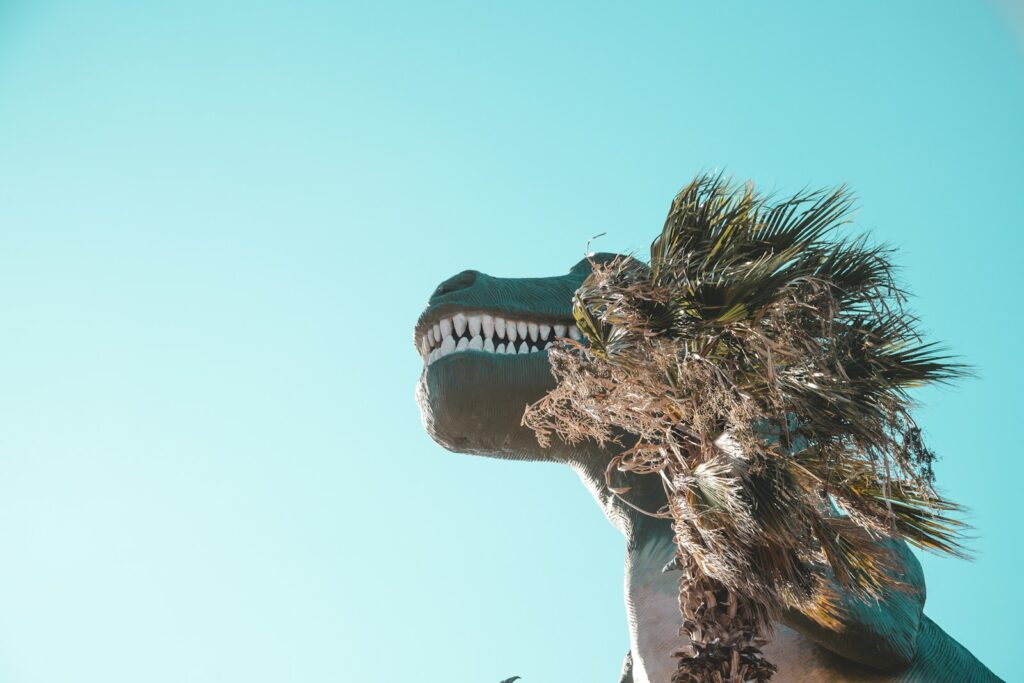
The social behavior of Pachycephalosaurus remains largely speculative due to the rarity of multiple specimens found in close association. However, comparisons with other ornithischian dinosaurs and evidence from related pachycephalosaurids suggest these dinosaurs likely exhibited some form of social organization. The elaborate cranial morphology strongly indicates these features played roles in visual display and intraspecific competition, potentially relating to establishing dominance hierarchies within social groups. Some paleontologists have proposed that Pachycephalosaurus may have formed loose, possibly seasonal aggregations, particularly during breeding seasons when competition for mates would intensify. The apparent sexual dimorphism in dome development—with presumed males potentially developing larger, more pronounced domes—further supports the hypothesis that these structures evolved partially through sexual selection pressures. Trackway evidence from related dinosaurs suggests pachycephalosaurids could move in small groups, though definitive evidence for long-term herding behavior in Pachycephalosaurus specifically remains elusive.
Evolutionary History and Family Relationships

Pachycephalosaurus belonged to the Marginocephalia clade within Ornithischia, a dinosaur group that also includes the horned ceratopsians like Triceratops. The pachycephalosaurid family first appeared in the Late Cretaceous, with the earliest well-documented members emerging approximately 90-85 million years ago. These earlier relatives typically possessed less developed domes, suggesting the extreme thickening seen in Pachycephalosaurus represents the culmination of an evolutionary trend toward increasingly robust cranial structures. The family’s evolutionary radiation produced various related genera, including Stegoceras, Prenocephale, and Homalocephale, distributed across Asia and North America, indicating significant geographic dispersal. Comparative anatomical studies reveal a general pattern of increased dome development and reduction of the lateral spikes through the family’s evolution. Pachycephalosaurus, appearing in the latest Cretaceous period, represents not only the largest known member of its family but also one of the last, emerging shortly before the mass extinction event that would eliminate all non-avian dinosaurs approximately 66 million years ago.
Predators and Defense Mechanisms

Living in an ecosystem that included the formidable Tyrannosaurus rex presented significant survival challenges for Pachycephalosaurus. While no fossilized evidence of direct predator-prey interactions has been discovered, the contemporaneous presence of these species suggests Pachycephalosaurus would have needed effective defense strategies. Beyond potentially using its domed head as a weapon against predators, Pachycephalosaurus likely relied on vigilance, speed, and possibly group protection to avoid becoming prey. Biomechanical studies of its leg structure indicate these dinosaurs were capable of relatively rapid locomotion, perhaps achieving speeds sufficient to outrun larger, bulkier predators at least over short distances. The bony knobs surrounding the skull might have provided additional protection against bites, particularly from smaller predators. Some paleontologists have speculated that, similar to modern prey animals, Pachycephalosaurus might have utilized visual signals like threat displays using their distinctive heads to deter potential attackers, though such behaviors leave no direct fossil evidence.
Biogeographical Distribution: Beyond Hell Creek

While the Hell Creek Formation has yielded the most significant Pachycephalosaurus discoveries, evidence suggests these dinosaurs had a broader geographical range across western North America. Fossil material attributed to Pachycephalosaurus has been identified in other late Cretaceous formations, including the Lance Formation of Wyoming and the Scollard Formation in Alberta, Canada. This distribution pattern indicates these dinosaurs successfully adapted to various regional environments within the Western Interior Seaway ecosystem. Interestingly, the pachycephalosaurid family as a whole demonstrates a broader distribution, with related genera found across Asia, particularly in Mongolia and China, suggesting a complex biogeographical history involving potential dispersal events across the Bering land bridge that periodically connected Asia and North America during the Cretaceous. The absence of pachycephalosaurids in southern continents supports the hypothesis that this family evolved after the fragmentation of Pangaea had significantly progressed, limiting their global distribution compared to some earlier dinosaur groups.
Extinction at the K-Pg Boundary
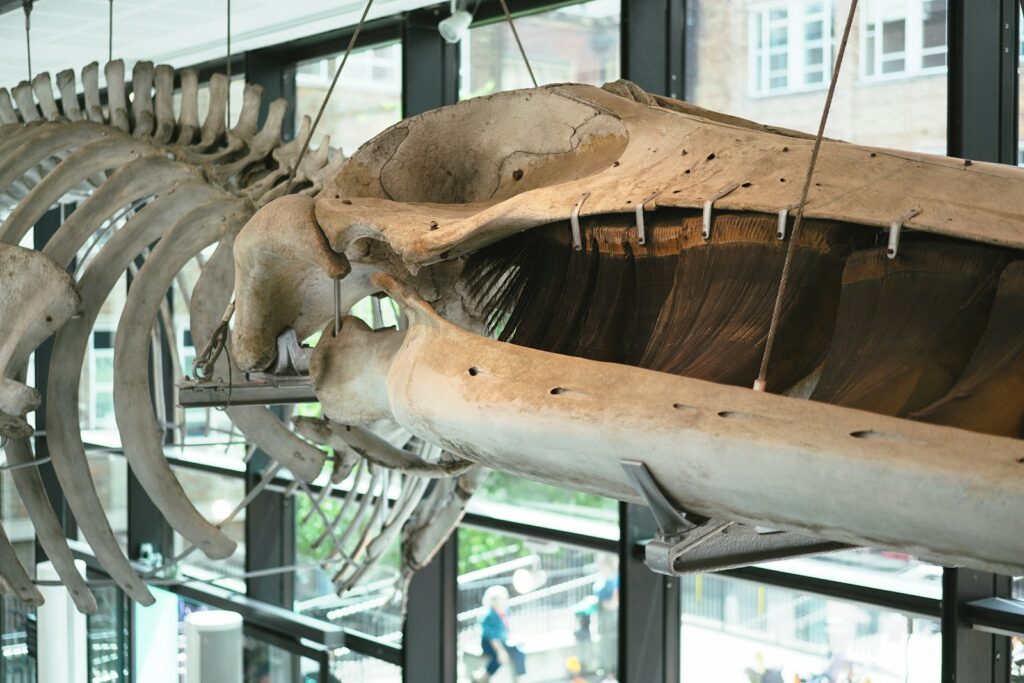
Pachycephalosaurus holds the distinction of being one of the last non-avian dinosaur species to walk the Earth before the catastrophic Cretaceous-Paleogene (K-Pg) extinction event approximately 66 million years ago. Fossil evidence places these dinosaurs in the final few hundred thousand years of the Cretaceous period, making them witnesses to the dramatic environmental changes that preceded the extinction. The asteroid impact that struck the Yucatán Peninsula, creating the Chicxulub crater, triggered global environmental devastation that Pachycephalosaurus, like its contemporaries, could not survive. Stratigraphic studies of the Hell Creek Formation reveal no Pachycephalosaurus remains in post-impact layers, confirming their elimination during this mass extinction. The disappearance of these specialized herbivores, along with approximately 75% of all species on Earth, marked the end of a 165-million-year dynasty of non-avian dinosaurs and opened evolutionary opportunities for mammals and birds in the subsequent Cenozoic era.
Pachycephalosaurus in Popular Culture

Since its scientific description, Pachycephalosaurus has secured its place in popular culture as one of the most recognizable dinosaurs, largely due to its distinctive appearance. The dinosaur achieved mainstream recognition following its memorable appearance in Michael Crichton’s novel “The Lost World” and its subsequent film adaptation, where its head-butting behavior was dramatically portrayed. Numerous documentaries, including BBC’s “Walking with Dinosaurs,” have featured Pachycephalosaurus, typically emphasizing the head-butting hypothesis that continues to captivate public imagination despite ongoing scientific debate. The distinctive dome-headed appearance has made Pachycephalosaurus a staple in dinosaur toy lines, museum exhibitions, and educational materials. Video games featuring prehistoric themes, such as the “Jurassic World Evolution” series, frequently include Pachycephalosaurus as playable creatures or key attractions, further cementing their cultural significance. This popular fascination has paradoxically both helped and hindered scientific understanding, generating interest in pachycephalosaurid research while sometimes perpetuating outdated or oversimplified conceptions of their behavior.
Modern Research and New Discoveries

Contemporary paleontological research continues to refine our understanding of Pachycephalosaurus through innovative analytical techniques. Advanced CT scanning technology has revolutionized dome structure analysis, revealing intricate internal anatomy impossible to observe through traditional examination methods. Histological studies examining microscopic bone structure have provided crucial insights into growth patterns, helping resolve taxonomic debates regarding specimens previously classified as separate genera. Finite element analysis and other engineering approaches have allowed researchers to model biomechanical properties of the dome, testing hypotheses about potential head-butting behaviors with unprecedented precision. Stable isotope analysis of tooth enamel has begun yielding information about diet and habitat preferences, though such studies remain in early stages due to sample limitations. Perhaps most excitingly, new excavations continue in the Hell Creek Formation and equivalent deposits, with researchers employing improved collection techniques that preserve contextual data, potentially revealing more about population structure and paleoecology. These multidisciplinary approaches promise to continue unraveling the mysteries of Pachycephalosaurus in coming years.
Conclusion
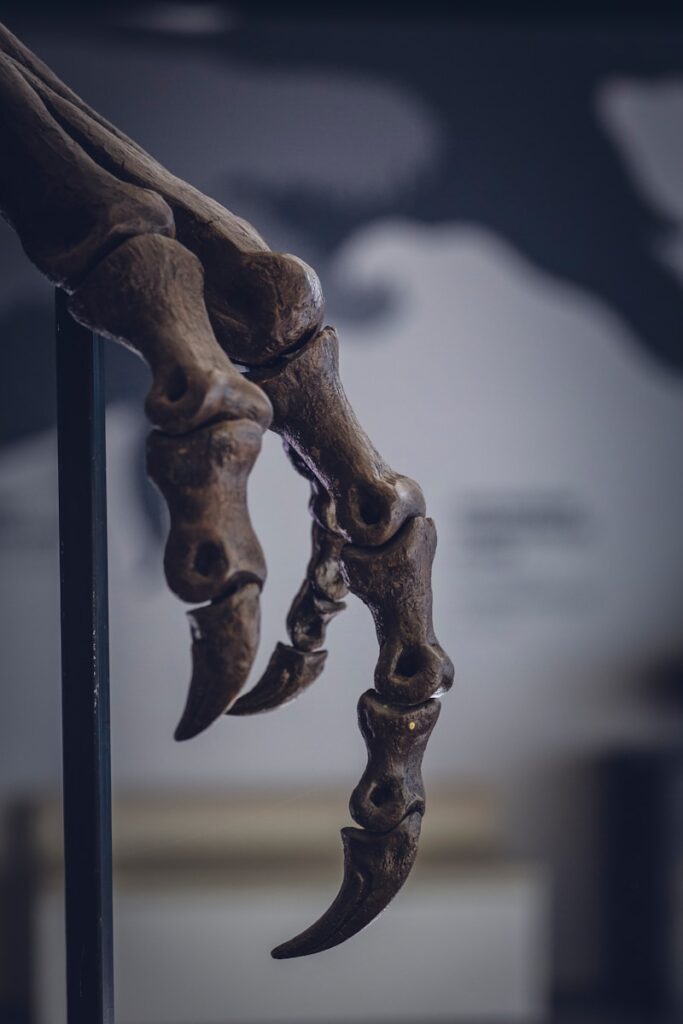
Pachycephalosaurus represents a fascinating example of specialized evolution among dinosaurs, with its extraordinary cranial adaptations continuing to generate scientific inquiry and public fascination. As one of the last non-avian dinosaurs to inhabit our planet before the K-Pg extinction event, this dome-headed herbivore provides valuable insights into the terminal Cretaceous ecosystems of North America. While much about its behavior and biology remains speculative due to the fragmentary nature of the fossil record, ongoing research employing advanced analytical techniques continues to refine our understanding. From its potential head-butting behaviors to its growth patterns and ecological role, Pachycephalosaurus embodies the complex interplay of natural selection, sexual selection, and adaptation that characterized dinosaur evolution. As paleontology advances, this remarkable dinosaur will undoubtedly continue to reveal new secrets about life in the shadow of extinction.

